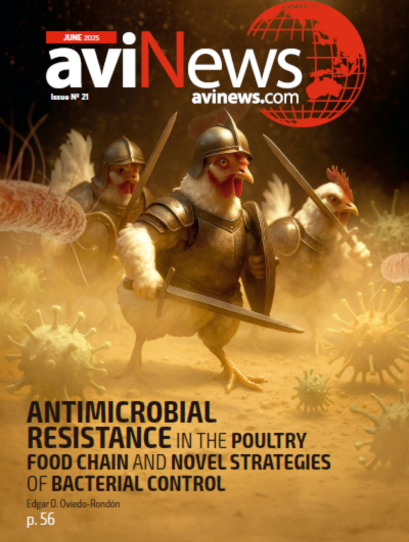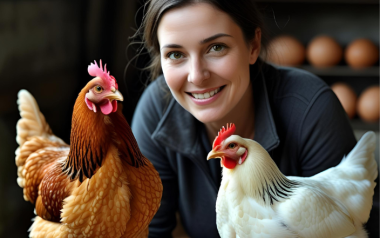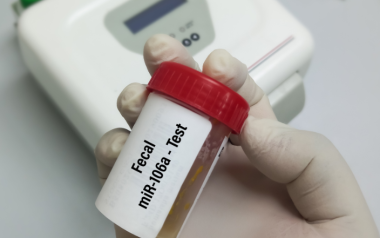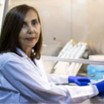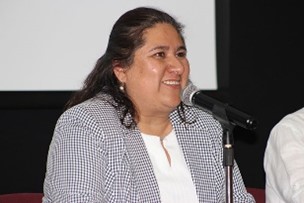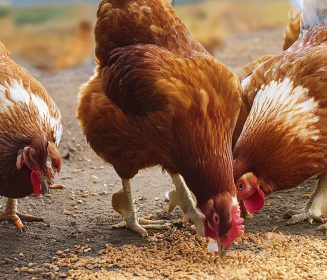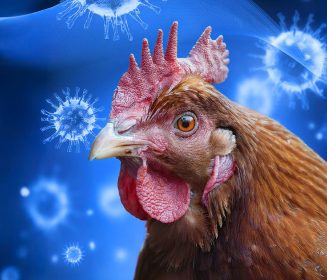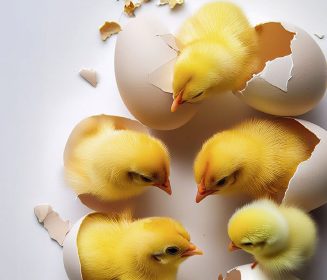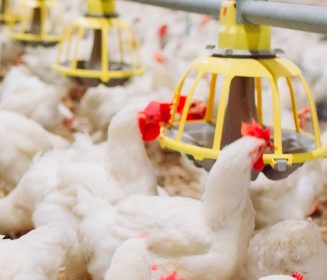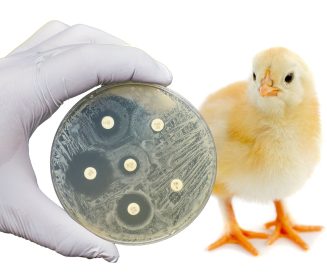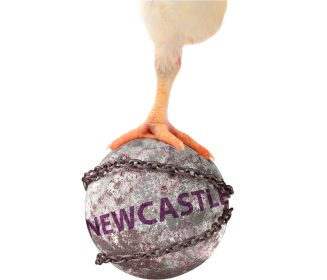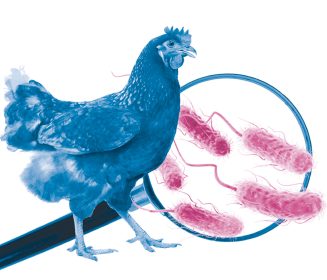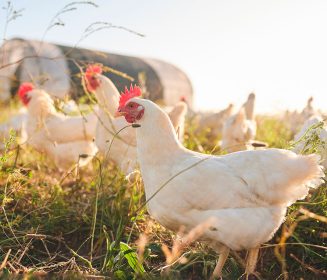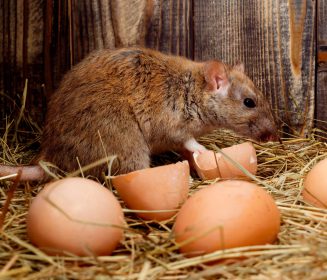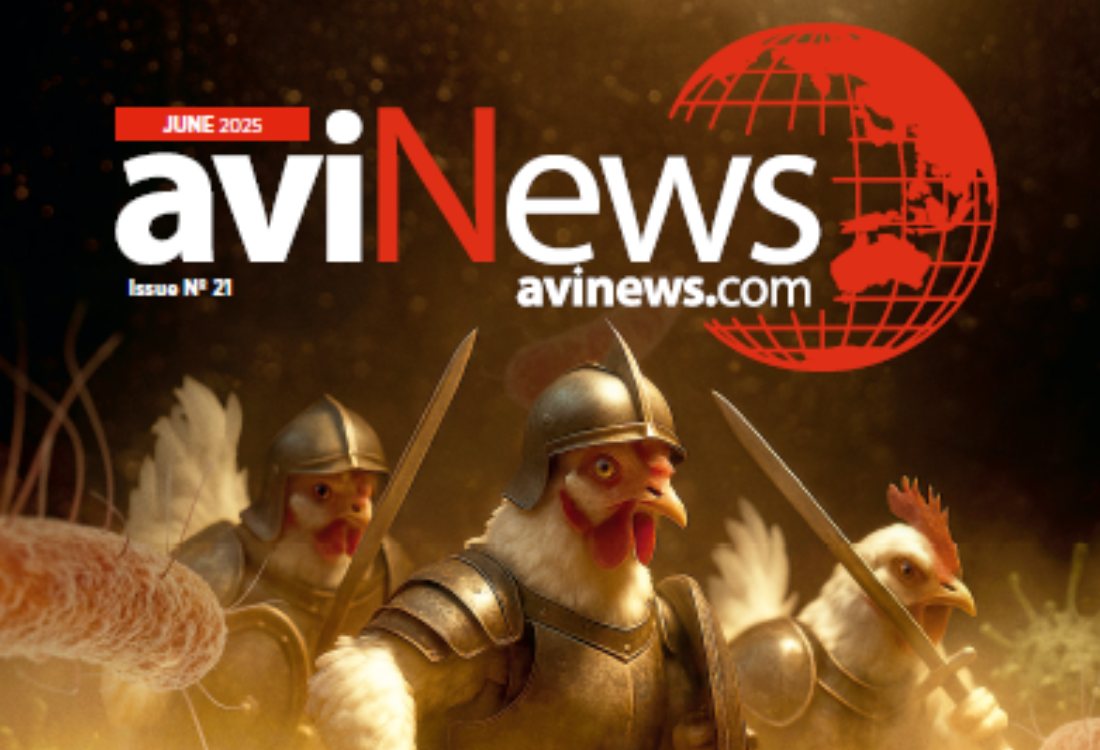21 Jul 2022
Researcher in search of a more water-efficient chicken
In a world with shrinking freshwater resources for a growing human population, where do you find enough moisture to grow food? You might start by improving water use efficiency in the world's number one livestock animal — chickens...
Available in other languages:
In a world with shrinking freshwater resources for a growing human population, where do you find enough moisture to grow food? You might start by improving water use efficiency in the world’s number one livestock animal — chickens.
Sara Orlowski, assistant professor of poultry science, is working toward developing chickens that can thrive on limited water.
Her research is part of a five-year, multi-institution project funded by a $9.9 million U.S. Department of Agriculture National Institute of Food and Agriculture grant.
- The grant was awarded through NIFA’s Agriculture and Food Research Initiative. Walter Bottje, professor of poultry science for the Arkansas Agricultural Experiment Station, the research arm of the University of Arkansas System Division of Agriculture, is the project director.
The project, “Empowering the U.S. Broiler Industry for Transformation and Sustainability,” partners the U of A System Division of Agriculture with Cornell University and brings together diverse research expertise from at least five other university systems to improve efficiency of nutrient and water use in the U.S. poultry industry.
Orlowski has appointments to the Agricultural Experiment Station, the Arkansas Cooperative Extension Service, and Dale Bumpers College of Agricultural, Food, and Life Sciences. Her project is supported by a grant from Cobb-Vantress Inc., a Siloam Springs-based primary broiler breeder company.
According to a United Nations report, about 4 billion people, roughly two-thirds of the world’s population, experience a scarcity of fresh water for at least one month each year. The report states that the strain on safe water will increase greatly as the population reaches an estimated 9.7 billion people by 2050.
A growing population will result in a mounting demand for protein at the same time that freshwater resources are declining. Orlowski’s goal is to develop chickens that consume less water without reducing weight gain.
Orlowski is beginning the fourth generation of genetic selection for
TO CONTINUE READING REGISTER IT IS COMPLETELY FREE
Access to articles in PDF
Keep up to date with our newsletters
Receive the magazine for free in digital version
REGISTRATION
ACCESS
YOUR ACCOUNT
LOGIN
Lost your password?

